Many developing countries around the world, especially India and China in Asia, are in the midst of crucial transition phase in which the dynamics of population and economic changes are bringing marked improvements in human development. It is expected that the power of these third world countries is gradually increasing to shape the global trends in this century itself with their surge in growth rates, reduction in poverty, increase in skill development, improvements in heath, control of population, and with their global integration through structural reforms and globalization. India is currently experiencing a demographic dividend, a window of opportunity provided by the demographic transition. There exists an enormous size of working age population whose potentials may foster effective development if properly utilized.
However, providing better health and education continues to be a challenging problem, besides the perennial poverty and unemployment issues. The growing elderly population and the faster growth in urbanization are also the cause for institutional and infrastructural challenges. The opportunities and challenges of this type of population dynamics are many and have profound implications for human development. The papers in this volume collectively highlight the different contours of these opportunities and challenges of population growth, highlighting the dynamics of demographic change, sex balance, ageing, elderly care, social security, mobility, health, employment, regional disparities, wellbeing, institutions and the policies and programmes in economic, social and human development contexts.
The holistic approach of this book shows the need for a shift in the paradigm and policy perspectives towards a sound population management paradigm and policy that not only aims control of population growth, but also designs and channels population dividend into a meaningful human resource base that paves the way for real economic growth and hence genuine human development.
 Indian Metropolis: Urbanization, Planning & Management
1 × $9.74
Indian Metropolis: Urbanization, Planning & Management
1 × $9.74 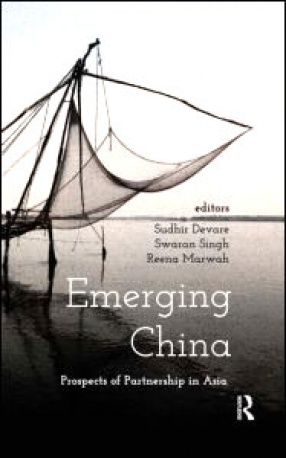 Emerging China: Prospects for Partnership in Asia
1 × $57.60
Emerging China: Prospects for Partnership in Asia
1 × $57.60 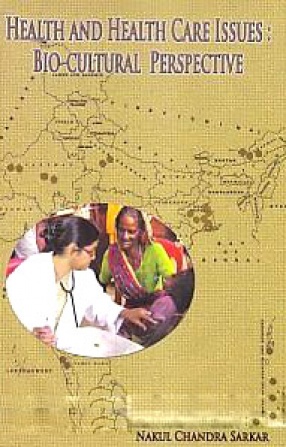 Health and Health Care Issues: Bio-Cultural Perspective
1 × $117.00
Health and Health Care Issues: Bio-Cultural Perspective
1 × $117.00 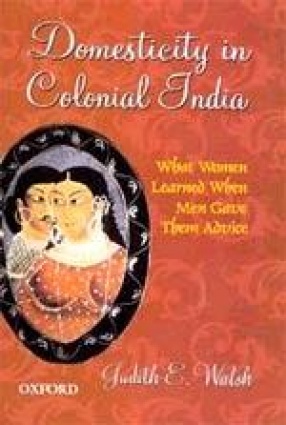 Domesticity in Colonial India: What Women Learned When Men Gave Them Advice
1 × $25.65
Domesticity in Colonial India: What Women Learned When Men Gave Them Advice
1 × $25.65 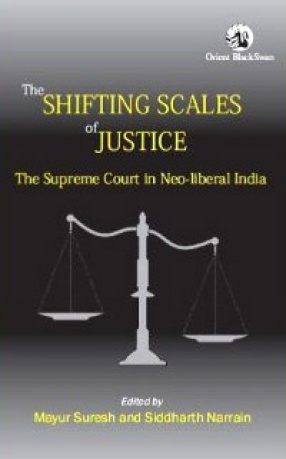 The Shifting Scales of Justice: The Supreme Court in Neo-Liberal India
1 × $33.30
The Shifting Scales of Justice: The Supreme Court in Neo-Liberal India
1 × $33.30  Recent Advances in Veterinary Biochemistry and Biotechnology
1 × $84.60
Recent Advances in Veterinary Biochemistry and Biotechnology
1 × $84.60 
 Indian Metropolis: Urbanization, Planning & Management
Indian Metropolis: Urbanization, Planning & Management  Emerging China: Prospects for Partnership in Asia
Emerging China: Prospects for Partnership in Asia  Health and Health Care Issues: Bio-Cultural Perspective
Health and Health Care Issues: Bio-Cultural Perspective  Domesticity in Colonial India: What Women Learned When Men Gave Them Advice
Domesticity in Colonial India: What Women Learned When Men Gave Them Advice  The Shifting Scales of Justice: The Supreme Court in Neo-Liberal India
The Shifting Scales of Justice: The Supreme Court in Neo-Liberal India  Recent Advances in Veterinary Biochemistry and Biotechnology
Recent Advances in Veterinary Biochemistry and Biotechnology 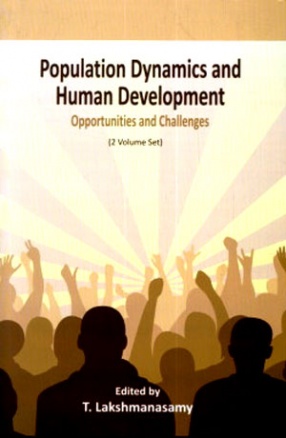
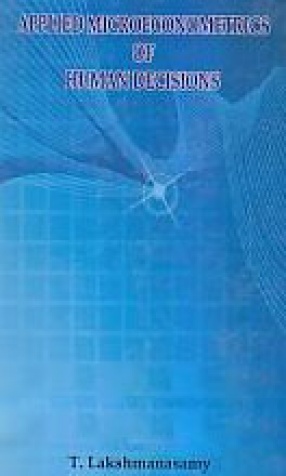
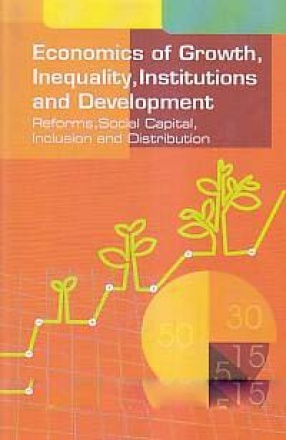

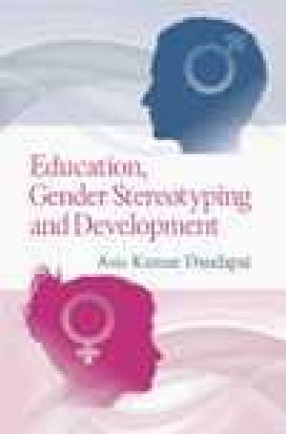
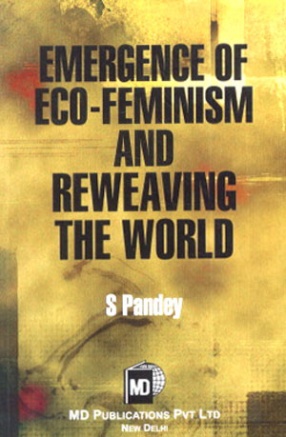
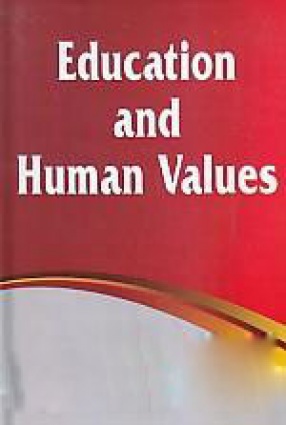
There are no reviews yet.